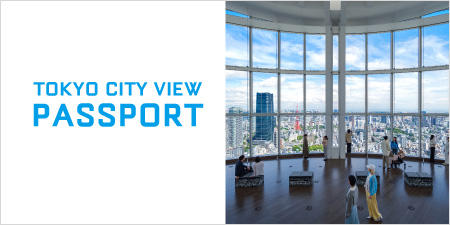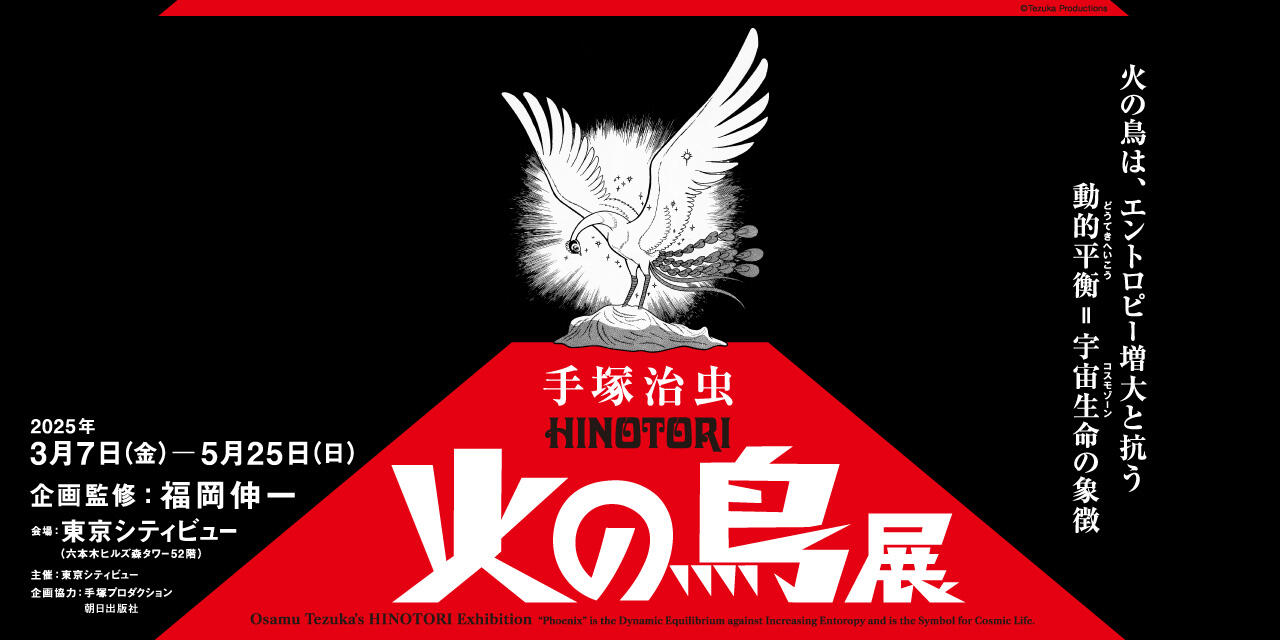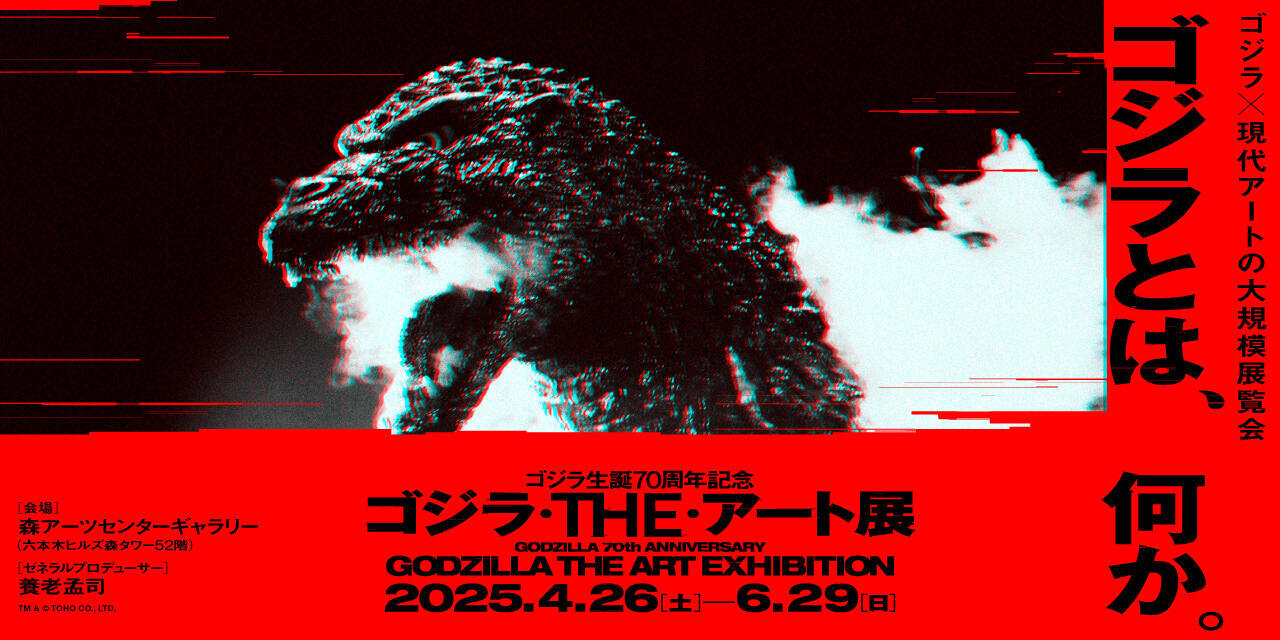Report on “MAM Research 005” Talk Session by Wu Hung, RongRong & inri, and Kasahara Michiko
2017.9.6 [Wed]

Talk session related to “MAM Research 005: Laboratory for Chinese Contemporary Photography – Three Shadows Photography Art Centre” was held in afternoon of July 29, 2017. A lecture on contemporary Chinese photography was given by Wu Hung, co-curator of the exhibition and someone who has observed the work of the Three Shadows Photography Art Centre since its inception. There was also an introduction to the activities of Three Shadows courtesy of the artist duo / founders of Three Shadows, RongRong & inri, and to finish, a discussion with Kasahara Michiko, Chief Curator for the Tokyo Photographic Art Museum.

Wu Hung
In his lecture, Wu Hung discussed how photography, which for the 30 years or so from the founding of the People’s Republic of China in 1949 to the late 1970s had functioned as state propaganda, developed as an “unofficial” form of expression following the end of the Cultural Revolution in 1976. Using slides, he talked about the appearance of numerous groups of photographers, including the “April Photo Society,” the first photography club in China to operate outside government auspices; the emergence of new documentary photography sparked by the flow of information entering the country from abroad during the 1980s; and the development of experimental photography in the 1990s. Wu also described how the depictions of history and memory that emerged in photos of the 1990s and 2000s were linked to conditions in urban Chinese communities amid the ongoing demolition of buildings and construction of new developments.

Kasahara Michiko

RongRong (right) and inri (left)
In the discussion, Kasahara, who has visited Three Shadows a number of times as a judge for its photography award, commented that she was “amazed that two artists had created a place to systematically collect and display works, normally the role of a public art museum,” and when she actually visited, was “further impressed,” adding, “Artists have opened museums to show their own work, but I have never seen a place like Three Shadows that operates more with the wider community in mind.” In response RongRong & inri said, “We run Three Shadows, organize shows and engage in our own practice because we need to. Yes it is for the community, but at the same time, it is also essential to us. Three Shadows itself is our art.”
And commenting on Three Shadows’ persistence for ten years despite financial and operational struggles, Wu Hung said, “It is the combination of RongRong and inri that serves as the driving force behind Three Shadows. Their other strength lies in the existence of different support from Japan and China, such as help in China from private individuals—growing, albeit slowly—and funding from Japanese businesses.”

Entrance of “MAM Research 005”
When asked by a member of the audience why she had decided to move to Beijing, where she couldn’t even speak the language, inri replied candidly, “Because RongRong was there.” Stunned by her first sight of RongRong’s photos (in 1999 at the Tachikawa International Art Festival; artistic director, Toshio Shimizu), she began communicating with him through photography. She says that after some initial hesitancy, once she had made the move to Beijing all the complex problems vanished immediately, new horizons as RongRong & inri opening up before the couple. They share a basic attitude that everything comes back to photography.
This was a valuable opportunity to learn about 30 years of Chinese photographic history prior to the founding of Three Shadows; the efforts made by Three Shadows in the area of photographic expression in a society that has changed dramatically over the last ten years; and the beginnings of RongRong & inri’s very personal, and very important story.

After the talk session
Text: Araki Natsumi (Curator, Mori Art Museum)
Photo: Tayama Tatsuyuki
Tag







